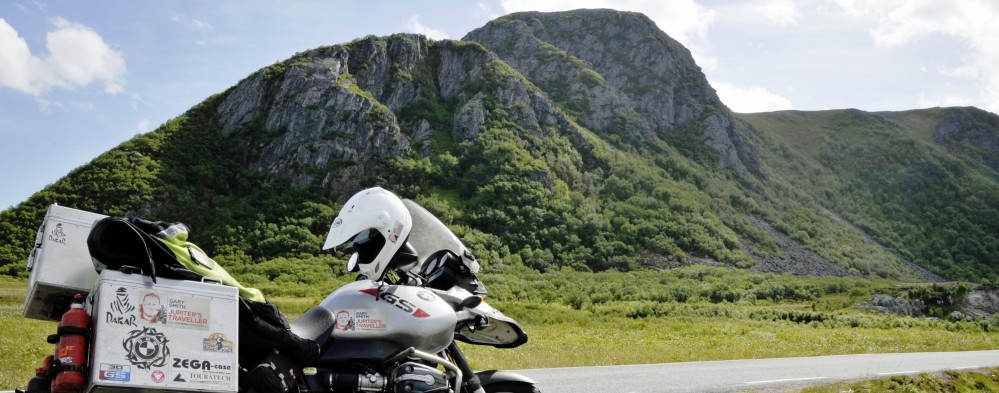But today I had four. In a bunker, hidden deep in the woods of NE Poland, the site of some secret WW2 activities that, wait for it, included;
- The supposed site of the plundered amber room, worth half a billion at today’s prices. All we know is that after the war, the Amber Room was never seen in public again, this compounded by the destruction in 1968 of Königsberg Castle suggests it “has to be out there”.
- Die Glocke, which means “The Bell” and according to some researchers, was supposed to be a prototype of a machine for controlling magnetic field and gravitation, enabling the Nazis to journey in time.
- The UFO project, where the Germans flew a saucer shaped craft (Haunebu III) to carry 40 troops and fly and Mach 10 in silence. Not surprisingly it was a secret weapon of the Third Reich (Wunderwaffe).
- And lastly, a secret subterranean complex for the construction of U Boats that then allowed onward transport via a series of interconnected locks via the Mazurian Canal leading to the Baltic sea and overcoming the 110 meter drop.
All I know is these bunkers are pretty amazing, massive structures that are slowly being reclaimed by nature and won’t be moved in a hurry, and remember as Michael Barkun says, conspiracy theories rely on the view that the universe is governed by design, and embody three principles; nothing happens by accident, nothing is as it seems, and everything is connected.





